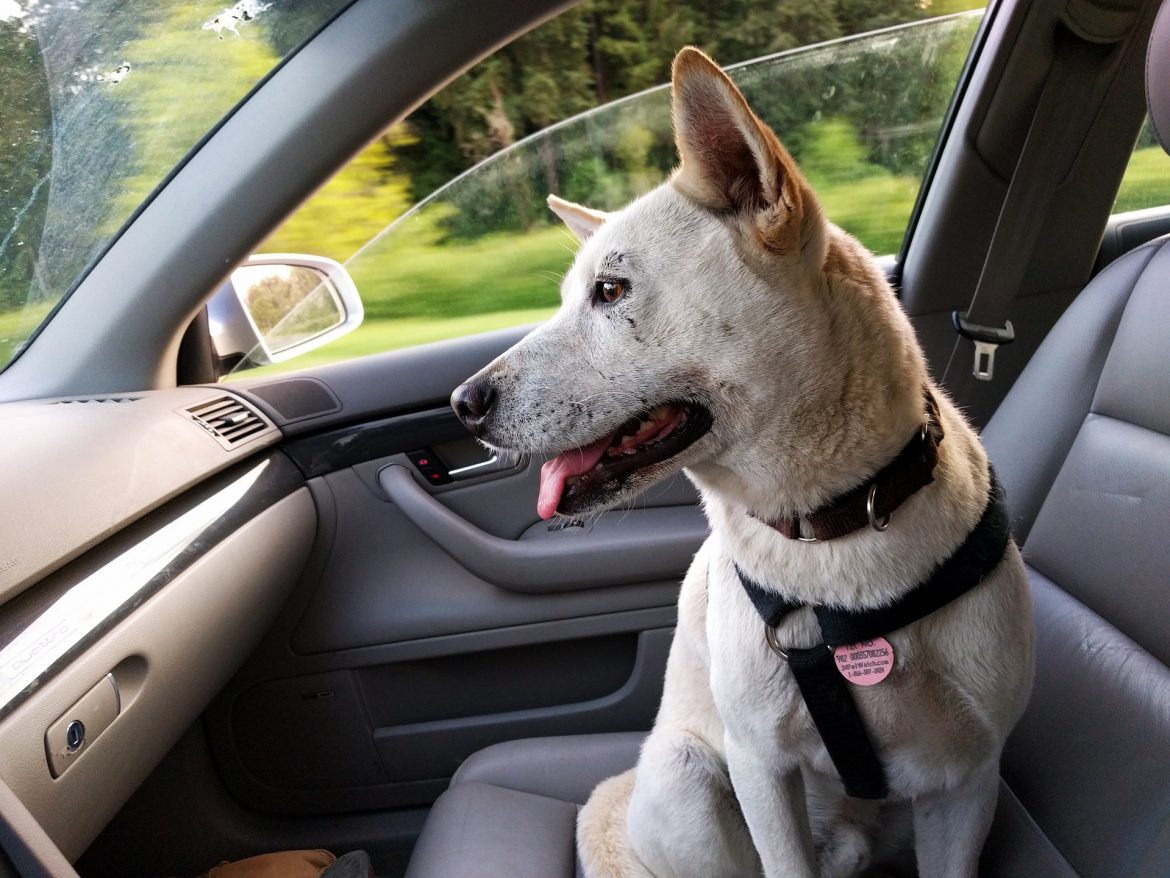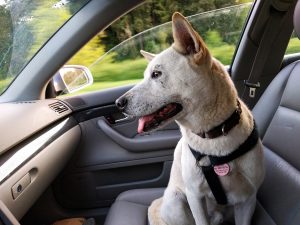Summer is here and temperatures are shooting up and unfortunately, this means new dangers and hazards for our furry friends.
Burnt paws
Walking your dog is one of life’s greatest pleasures but during summer it can cause great pain for your pooch! Although the air temperature may seem bearable, the pavement could be hot enough to burn your dog’s sensitive paw pads. A good test is to hold the back of your hand to the floor – if you can keep it there for over 10 seconds, it is cool enough not to harm your dog. If it’s so hot you need to take your hand away, it’s certainly too hot to take your dog out.
Pets in hot cars
As temperatures soar, tragically, we see more headlines about pets who have passed away after being left in hot cars. Tests conducted by Melbourne Ambulance Service found that on a 29 degree day with the car temperature having been cooled to 20 degrees by air conditioning before being turned off, the temperature in the car had more than doubled to 44 degrees within just ten minutes. Ten minutes later, it was over 60 degrees.
Dogs cannot regulate their temperatures as well as humans and will become fatally ill very, very quickly when left in a car. In the time it takes to pop into the shop to pick up a few items, a dog can suffer terribly and pass away, even with the window left open.
If you can, leave your dog at home when you need to pop out. If it’s unavoidable, your dog is better off tied outside a shop in the shade than left in your car. We cannot stress enough, never leave a dog in a car during summer, even for a couple of minutes. f you’re out and see a dog trapped in a car in the heat, call 000 immediately. Officers will be dispatched from the nearest station.
Heat Stroke
Just like humans, dogs can suffer heat stroke. Dogs are notoriously bad at regulating their body temperatures and so extra measures must be taken to keep them cool. Access to plenty of water, frozen dog treats, walking at sunrise or sunset and providing plenty of shade in the yard can help. Check out our blog all about heat stroke to find out more about the symptoms and signs to watch out for and more tips on what you can do to help.


